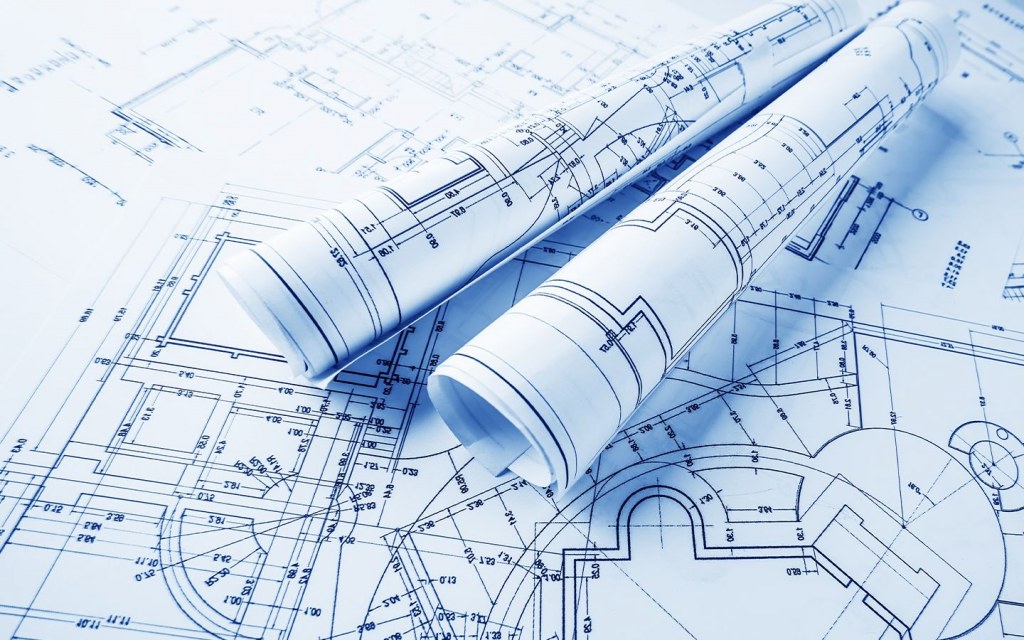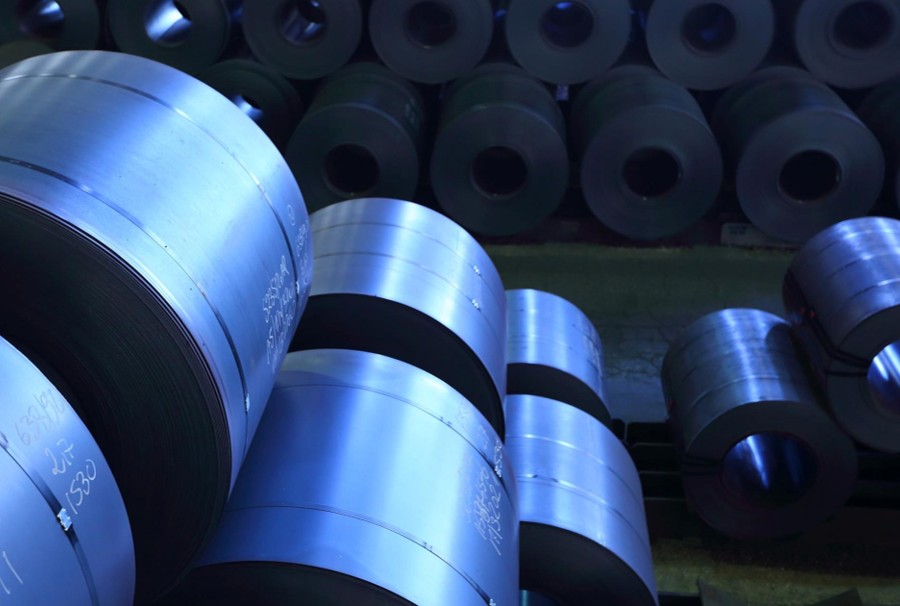Market Data

January 15, 2021
New York Manufacturing Slows in January
Written by Sandy Williams
The Empire State Manufacturing Survey indicated sluggish growth in January. The general business index slipped to 3.5 from 4.9 in December. Economists were expecting the index to come in at 6.0.
The index for new orders rose three points to 6.6 while the shipments index dropped to 7.3 from 12.1 in the previous month, indicating only modest growth during January.
Delivery times were somewhat longer and inventories remained relatively steady. Employment indices showed modest gains in staffing and hours worked.
Prices increased for both inputs and selling prices in January. The prices paid index jumped eight points to 45.5, its highest level in two years and gaining 41 points since May. The prices received index rose to its highest level of the year with a climb of five points to 15.2.
Future optimism remained positive although softening to an index reading of 31.9 from 36.3 in December. In general, improvement was expected by survey participants across the index categories.







